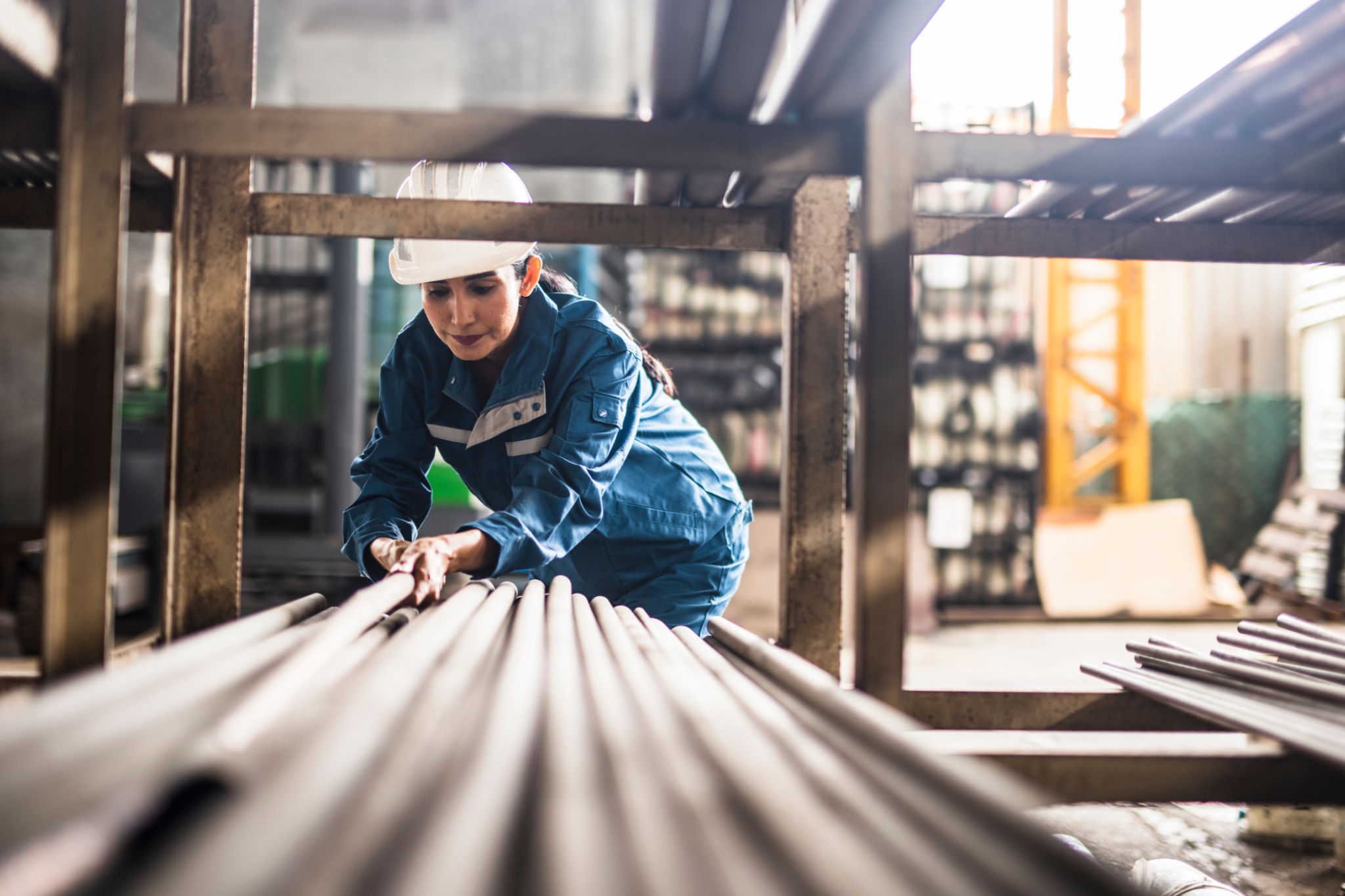DIY Offroad Fabrication: Building Your Own Custom Parts
For offroad enthusiasts, the allure of the rugged trail is undeniable. Whether it's the thrill of conquering new terrains or the joy of navigating challenging obstacles, offroading offers a unique blend of adventure and skill. One way to enhance this experience is through DIY offroad fabrication, which allows you to build custom parts tailored to your specific needs and preferences.
Getting Started with DIY Offroad Fabrication
Embarking on a DIY offroad fabrication project can be both rewarding and intimidating. The first step is to understand the basics of fabrication and gather the necessary tools. Essential tools include a welder, angle grinder, and metal saw. Safety gear such as gloves and goggles is also crucial. If you're new to welding or metalwork, consider taking a class or attending workshops to build your skills.
Before diving into fabrication, it's important to plan your project meticulously. Sketch out your design and determine the materials you'll need. Steel is a popular choice for its durability, but aluminum can be used for lighter components. Ensure you have accurate measurements to avoid costly mistakes.

Designing Custom Parts
One of the most exciting aspects of DIY fabrication is designing custom parts that improve your vehicle's performance. Consider what modifications will enhance your offroading experience. Common projects include bumpers, skid plates, and roll cages. Each part serves a unique purpose, from protecting vital components to providing safety during extreme maneuvers.
When designing custom parts, think about both functionality and aesthetics. Your design should not only perform well but also complement the overall look of your vehicle. CAD software can be extremely helpful in visualizing your designs before you start cutting metal.
Choosing the Right Materials
The choice of materials can significantly impact the performance and longevity of your custom parts. For most offroad applications, steel is preferred due to its strength and resistance to damage. However, if weight is a concern, aluminum offers a lighter alternative without significantly compromising strength.

Building and Assembling Your Parts
Once you have your design and materials ready, it's time to start building. Begin by cutting your materials according to your design specifications. Precision is key, so take your time with measurements and cuts. Tack weld pieces together before final welding to ensure everything lines up correctly.
Assembling your parts requires patience and attention to detail. Follow your design closely and double-check each step before proceeding. If you're building complex parts like suspension components or roll cages, consider enlisting help from experienced fabricators or mechanics.
Testing and Refining Your Custom Parts
After assembly, it's crucial to test your custom parts thoroughly. Install them on your vehicle and take it for a test run on familiar terrain. Pay attention to any unusual noises or performance issues, and be prepared to make adjustments. Testing allows you to refine your design and ensure everything functions as intended.

Embracing the DIY Spirit
DIY offroad fabrication is more than just building parts; it's about embracing the spirit of innovation and self-reliance. The skills you develop through this process not only enhance your vehicle but also boost your confidence in tackling challenging terrains. As you gain experience, you'll find new ways to customize and improve your offroad experience.
Whether you're a seasoned fabricator or a beginner eager to learn, the journey of creating custom offroad parts is filled with opportunities for growth and satisfaction. So gather your tools, sketch out your ideas, and start building the offroad vehicle of your dreams.
